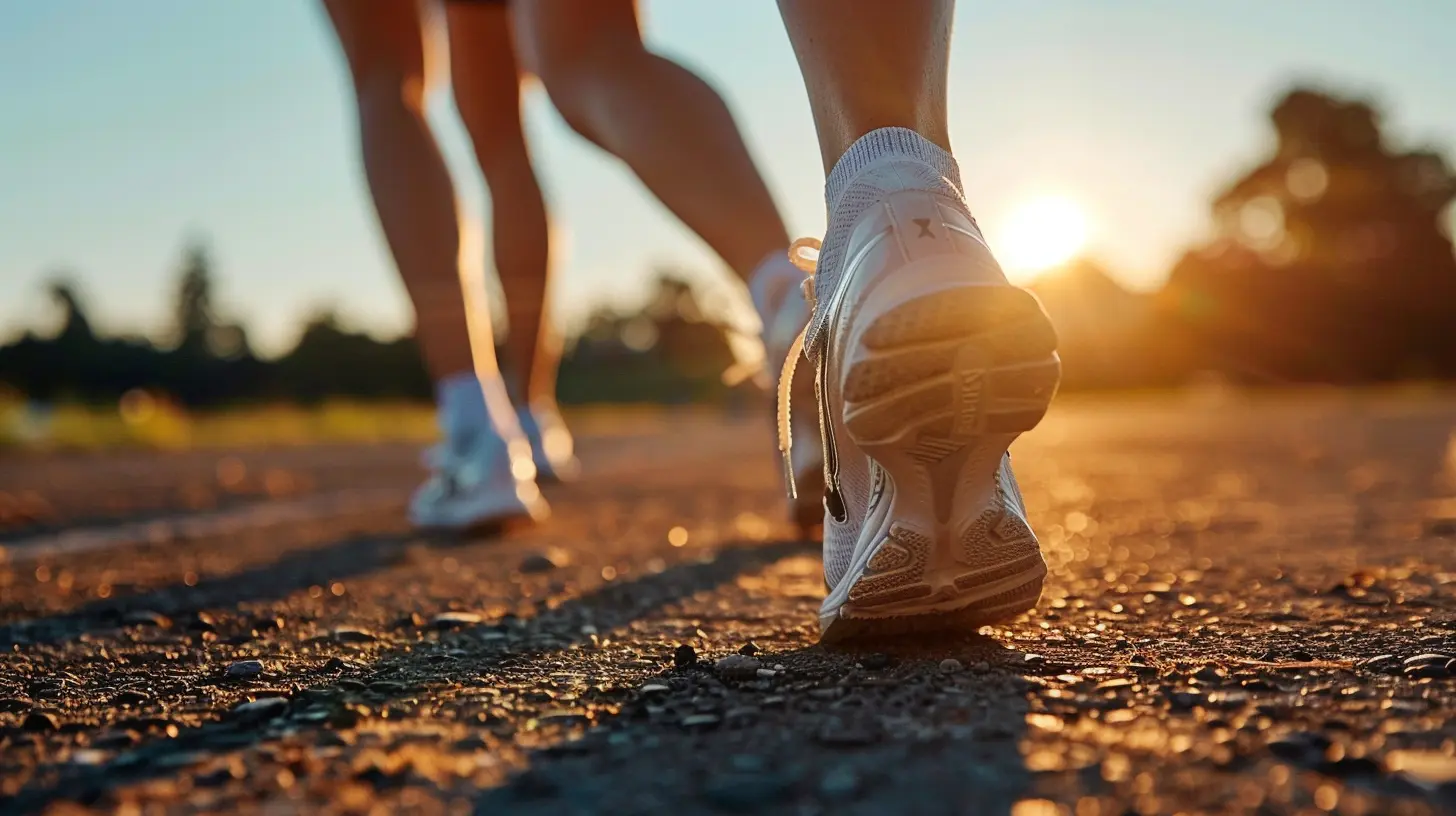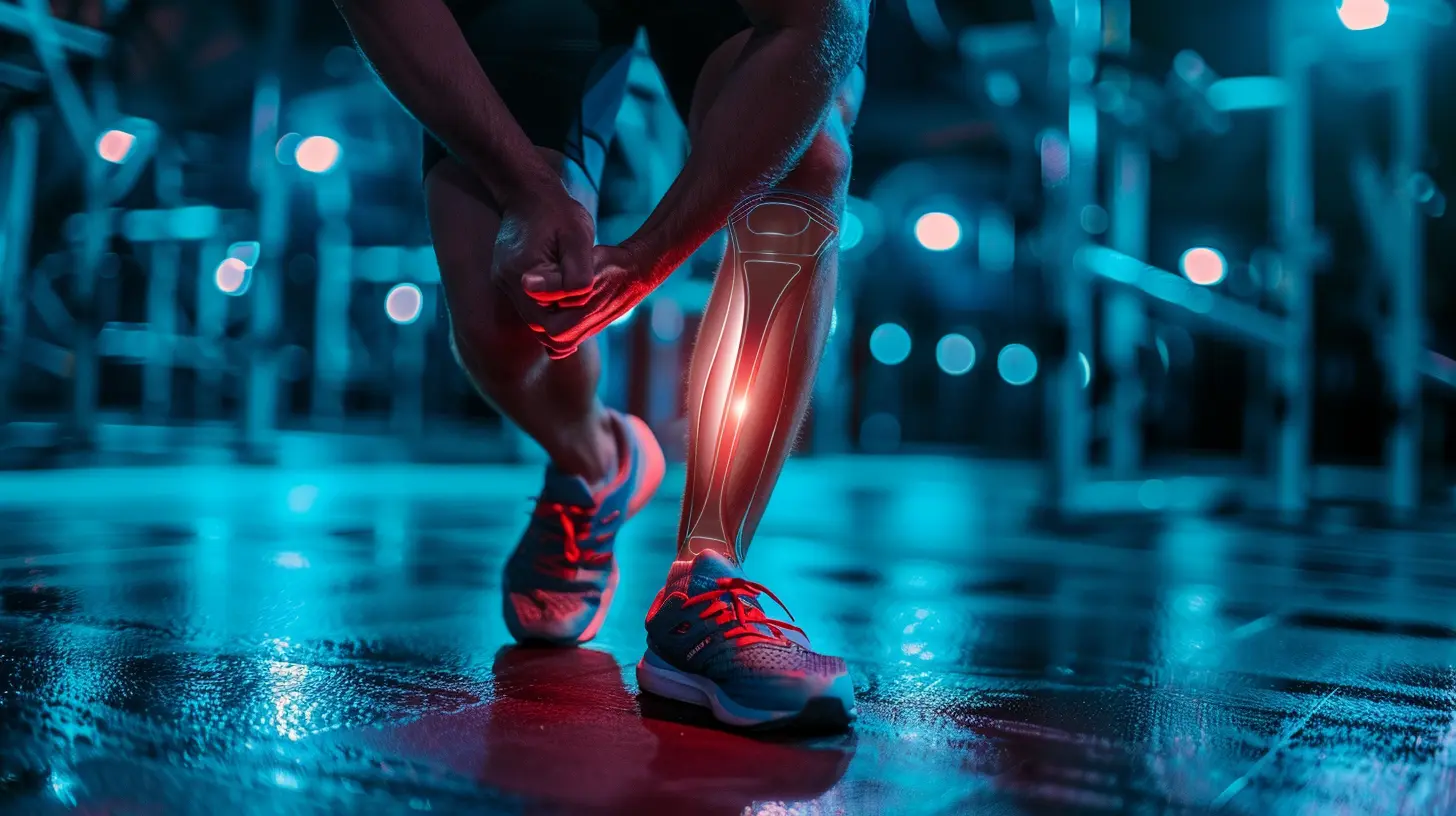The Role of Mobility Work in Keeping Athletes Injury-Free
25 November 2025
In the world of sports, staying injury-free is probably the most important thing for any athlete. Whether you're a professional or a weekend warrior who just loves staying active, it's impossible to deny that injuries can completely derail your progress, performance, and even your passion. But here’s the good news: mobility work can be a game-changer when it comes to preventing injuries.
Mobility work? Yep, it’s that often-overlooked aspect of training that doesn’t always get the attention it deserves. Many athletes are laser-focused on strength, endurance, and even flexibility, but mobility work is the secret sauce that can help you stay in the game for the long haul.
So, let’s dive into why mobility work is so essential and how it can keep you injury-free.

What Is Mobility Work?
Before we go any further, it’s important to understand what mobility work actually is. Mobility is all about the range of motion around a joint. While flexibility refers to how much you can stretch a muscle, mobility is about how well your body can move freely and efficiently.Think of it this way: flexibility is like having a long leash on a dog, but mobility is how well the dog can move around without getting tangled up.
Mobility work involves exercises that help improve the fluidity and range of motion in your joints, muscles, and connective tissues. It’s not just about being able to touch your toes or do a deep squat; it’s about moving with control, strength, and stability through a full range of motion.

Why Mobility Work Is Important for Athletes
You might be wondering, "Why should I bother with mobility work when I'm already doing strength training or cardio?" Here’s the thing – mobility is the glue that holds everything together. Without it, you're setting yourself up for injury in the long run.1. Injury Prevention is Key
When you have good mobility, your body can move in a way that reduces the risk of injury. Think about it: if your hips don’t have the proper range of motion, you might overcompensate during a squat or a sprint. This can lead to strain on your knees or lower back. Over time, these compensations add up and increase your risk of injury.Mobility work helps ensure that all your joints are moving as they should, reducing the likelihood of putting unnecessary stress on other parts of your body. It's like having well-oiled gears in a machine – everything runs smoother, and there’s less chance of something breaking down.
2. Improved Performance
It’s not just about avoiding injuries – improved mobility can also lead to better performance. If your joints are moving freely, you can generate more power, move more efficiently, and even recover faster. Imagine trying to sprint with stiff ankles or trying to lift with tight shoulders. It’s not going to go well, right?When you increase your mobility, you improve your movement patterns, which means you can squat deeper, jump higher, and run faster. In essence, mobility work helps you move like an athlete should.
3. Faster Recovery
Mobility work isn’t just something you do before a workout – it’s also a crucial part of recovery. Incorporating mobility exercises into your cooldown routine helps keep your muscles and joints from tightening up after a tough session.When you’re sore or stiff, mobility work can help flush out lactic acid and promote blood flow to your muscles, speeding up recovery. Plus, it can help prevent the dreaded DOMS (Delayed Onset Muscle Soreness) from sticking around too long.
4. Better Joint Health Over Time
Athletes put a lot of wear and tear on their joints, and over time, this can lead to issues like arthritis, tendonitis, or other chronic pains. Mobility work helps keep your joints healthy by promoting proper alignment and balance.For example, if your hip mobility is poor, you might end up putting extra pressure on your knees or lower back. Over time, this can lead to chronic pain or even more severe injuries. By working on mobility, you’re taking care of your joints so they can take care of you down the road.

How Mobility Work Differs from Flexibility
It’s easy to confuse mobility with flexibility, but they’re not the same thing. Flexibility is about how far you can stretch a muscle – think of doing a hamstring stretch and reaching for your toes. Mobility, on the other hand, is about how well your body can move through a range of motion.You can be flexible but still have poor mobility. For example, you might be able to touch your toes with ease, but if you can’t squat down without your knees caving in or your back rounding, you’ve got a mobility issue.
Mobility work focuses more on movement patterns rather than just stretching muscles. It involves exercises that improve strength and stability while also increasing your range of motion.

Common Mobility Exercises for Athletes
Now that we’ve established why mobility work is essential, let's talk about some practical exercises you can incorporate into your routine. These exercises target different areas of the body that are crucial for athletic performance and injury prevention.1. Hip Mobility Drills
The hips are one of the most important joints for any athlete. Whether you're running, jumping, or lifting, strong and mobile hips are key. Here are a couple of great hip mobility exercises:- 90/90 Hip Stretch: This is a great exercise to open up your hips and improve internal and external rotation. Sit on the floor with one leg in front of you at a 90-degree angle and the other leg behind you at a 90-degree angle. From there, lean forward to stretch the front hip, then rotate your torso to stretch the back hip.
- Hip Flexor Stretch: Kneel on one knee, with the other leg in front of you at a right angle. Push your hips forward as you keep your back straight to stretch the hip flexor of the leg that’s on the ground.
2. Ankle Mobility Drills
Ankle mobility is crucial for athletes, especially runners, basketball players, and weightlifters. Poor ankle mobility can lead to issues in your knees and hips.- Ankle Rockers: Stand facing a wall and place your toes a few inches away. Keeping your heel on the ground, rock your ankle forward, bringing your knee toward the wall. This helps increase the range of motion in your ankle.
- Calf Stretch: Tight calves can limit ankle mobility, so stretching them out is key. Stand on the edge of a step and let your heels drop down, feeling a stretch in your calves.
3. Thoracic (Upper Back) Mobility
Many athletes experience stiffness in their upper back, which can limit shoulder mobility and affect posture. Here are some great exercises to improve thoracic mobility:- Thread the Needle: Start on all fours (hands and knees). Reach one arm underneath your body, then rotate it back up toward the ceiling. This dynamic stretch improves rotation in your upper back.
- Cat-Cow Stretch: This yoga staple is great for improving spinal mobility. Start on all fours, arch your back (cat), then drop your belly and lift your head (cow).
4. Shoulder Mobility
Shoulders are involved in almost every sport, so keeping them mobile is crucial for injury prevention.- Shoulder Dislocations: Using a resistance band or a PVC pipe, hold it with a wide grip in front of you. Keeping your arms straight, slowly raise it up and over your head, bringing it down behind your back. This helps improve shoulder mobility.
- Wall Angels: With your back against a wall, press your lower back into the wall and raise your arms out to your sides, mimicking a snow angel motion. This exercise works on shoulder mobility and stability.
How to Incorporate Mobility Work into Your Routine
Alright, so you know mobility work is important, and you’ve got some exercises to try. But how do you actually fit it into your training routine?1. Pre-Workout
Before you dive into your workout, spend 5-10 minutes doing some mobility work to prime your joints and muscles. This will help you move more efficiently and reduce your risk of injury during your workout.2. Post-Workout
After your workout, mobility exercises can help with recovery. Spend another 5-10 minutes working on the areas that feel tight or sore.3. Dedicated Mobility Sessions
If you’re really serious about improving your mobility, consider dedicating one or two training sessions a week solely to mobility work. This could be a 30-minute session where you focus on different areas of your body that need some extra attention.
Final Thoughts
Mobility work is not just a bonus or an afterthought for athletes – it’s an essential part of staying healthy and injury-free. Whether you're a runner, a weightlifter, or a weekend basketball player, improving your mobility will help you move better, perform at a higher level, and, most importantly, stay injury-free.So, the next time you hit the gym or the field, don’t skip your mobility work. Your body will thank you later!
all images in this post were generated using AI tools
Category:
Injury PreventionAuthor:

Umberto Flores

